Why does it bubble when mash ferments?
The days are already getting a bit cooler, the leaves on the trees are changing color, our mash tanks are bubbling peacefully, and the supermarkets are already stocking gingerbread and speculatius biscuits. Yes, autumn has arrived.
But first, a little bit about our current, daily work: For us, autumn means that the fruit harvest is now in full swing. The stone fruit (i.e., mirabelle plums, plums, etc.) is almost finished, and now we're moving on to apples and pears. The most well-known pear is probably the Williams pear. Did you know that the Williams pear is a rather tricky pear for distilling? The perfect time to mash the Williams pear is the moment after its color turns from green to yellow.
If it's still grass-green, it's simply not quite ripe yet, and its typical varietal flavor hasn't fully developed yet. But it shouldn't be a bright dark yellow either, let alone buttery soft. That would be overripe and oily. The time window between these two ripeness levels is relatively small; depending on the weather, it can be one or two days, sometimes just a few hours.
On August 26, we harvested our Williams Christ pears and placed them in a compact container in the cold storage room to ripen. Pears release a ripening gas during ripening, which inflames the neighboring pears. You get the same effect if you place bananas next to apples and pears: The banana immediately turns brown. The goal is for the pears to ripen evenly and together.
By the way: There's a simple trick to determine whether stone fruit is ripe: For apples and pears, the seeds should be brown. White seeds mean the fruit isn't yet ripe.
Today, September 1, 2022, we mashed approximately 2.5 tons of Williams Christ pears.
Currently, three large tanks filled with mash are bubbling away in the cold storage room. They will be ready for distillation in October.
Why does it bubble when mash ferments?
Let's take a quick look at what a fruit mash actually consists of: In addition to water, there are sugars, flavors and aromas, vitamins, trace elements and solid, woody components (stems, core, skins, etc.).
Fermentation means that the fruit's sugar is converted into alcohol with the help of yeast. Yeast is a fungus that consumes sugar and then excretes alcohol.

A reduced equation shows
There are different types of yeast that secrete different types of alcohol. In a spirit, you want the good ethyl alcohol (ethanol), which is produced by a specific type of yeast. For this reason, you should "inoculate" a mash with a pure yeast to ensure that the good alcohol is produced, not the bad.
Of course, it's essential to process only clean and healthy fruit. Furthermore, all equipment must be clean. Otherwise, other substances can form that negatively affect the flavor of the distillate.
The following, very reduced, equation shows what happens during the fermentation of a fruit mash:

When the yeast consumes the sugar (fructose), carbon dioxide is produced in addition to alcohol. This must be able to escape from the tank at all times, otherwise the mash tank will burst.
For this reason, tanks are always equipped with a fermentation lock . This acts as an outlet for the carbon dioxide , which is always open but does not allow any ingress of substances such as fruit flies or oxygen.
The fermentation lock is filled with some water; as soon as the carbon dioxide passes through, i.e. leaves the fermentation tank, it bubbles.
The distillates that are distilled from a fermented mash are the so-called "noble spirits".
Danger lurks here
Mash tanks should never be stored in cellars or enclosed spaces. Since carbon dioxide is heavier than oxygen, it displaces the air we breathe. Rooms containing mash tanks must be adequately ventilated before entering.

Our bestsellers
View all
Author Andrea
Not only do I love distilling, but I also enjoy sharing my knowledge, experience, and passion. In my blog posts, I take you on a journey through everyday life at our distillery and on our small business. Of course, there are also drinks to enjoy along the way.



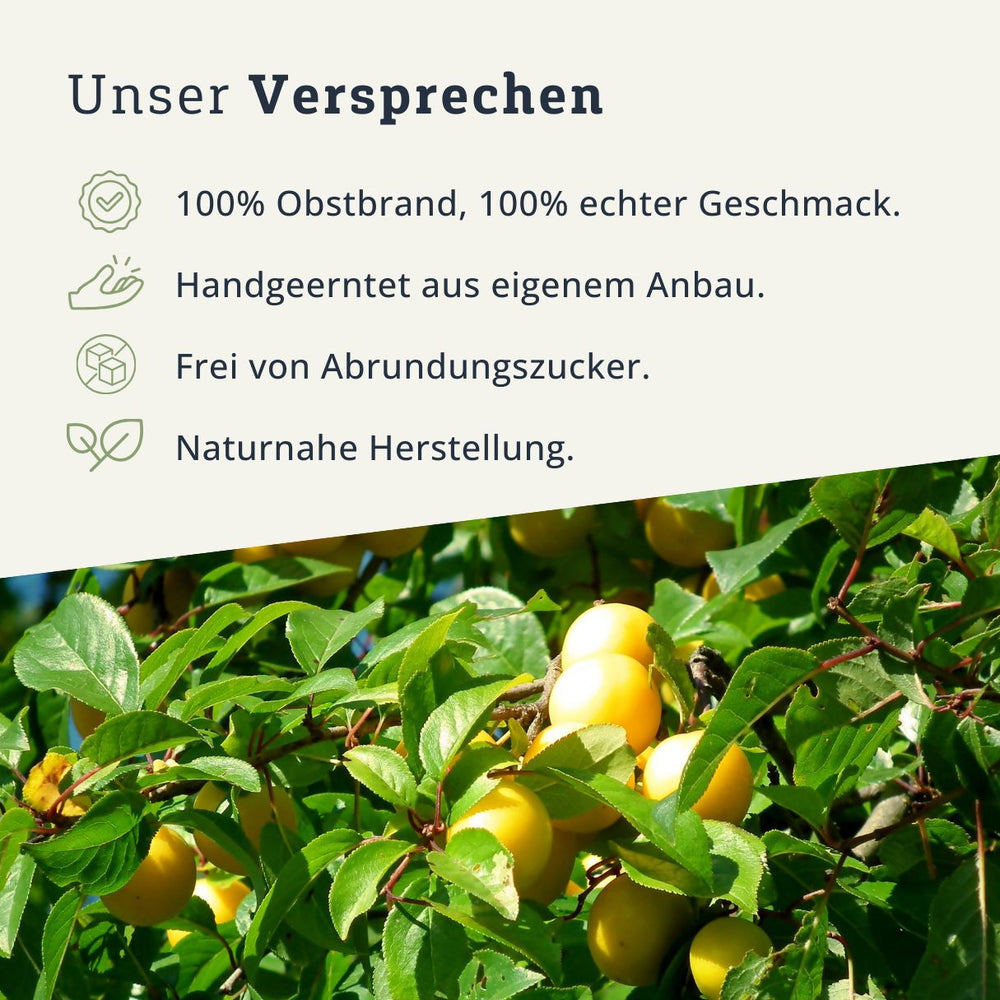

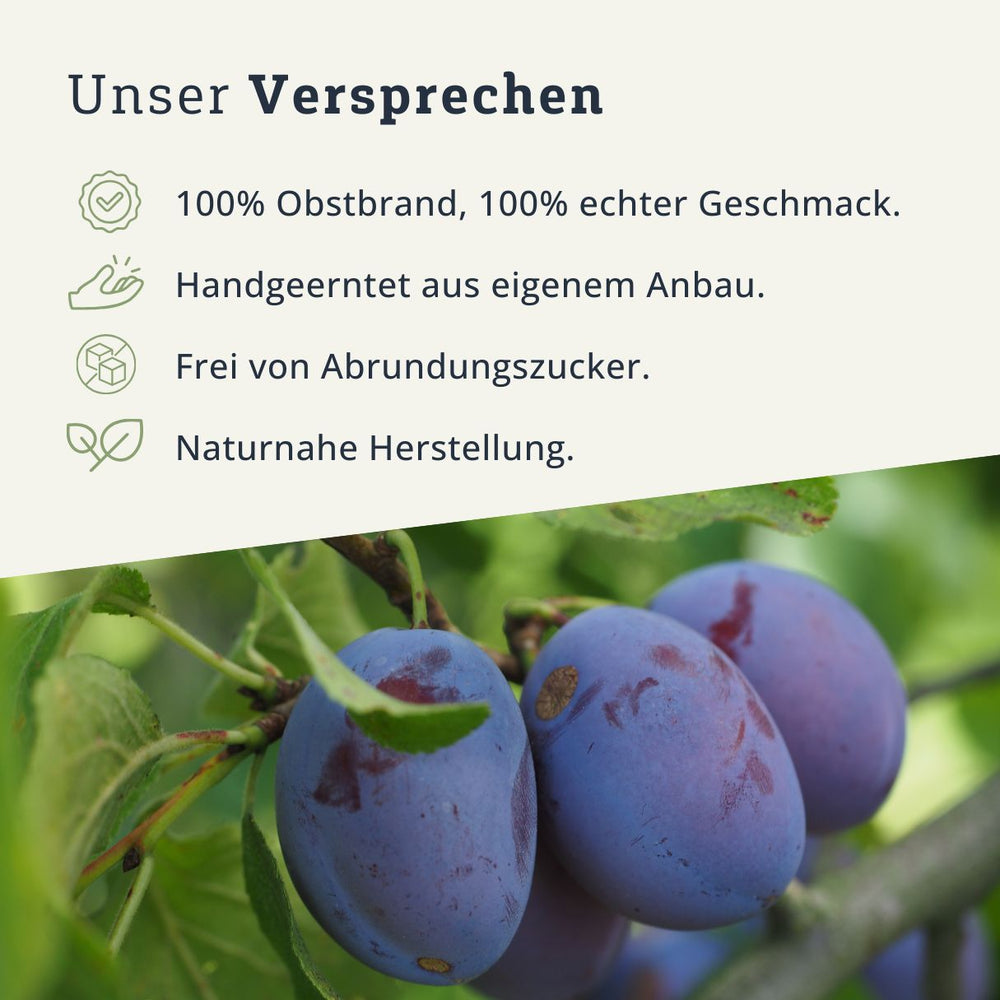

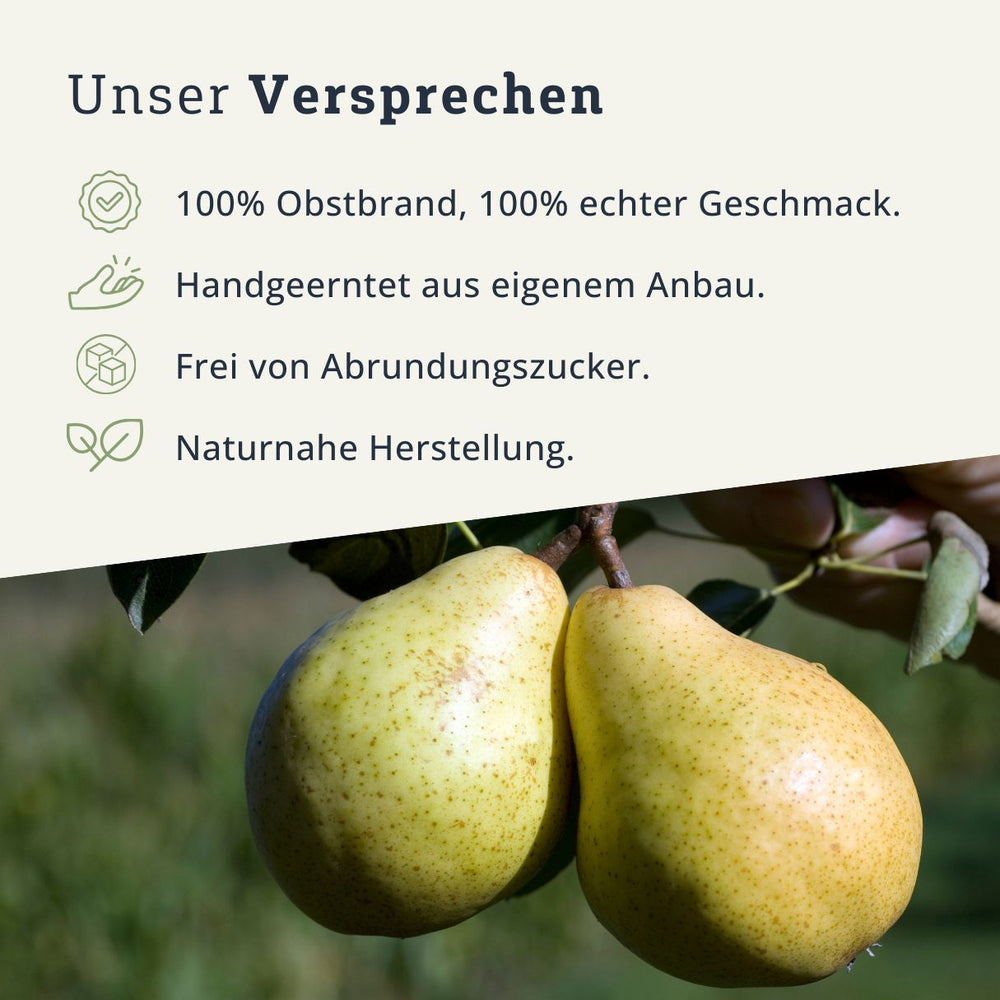
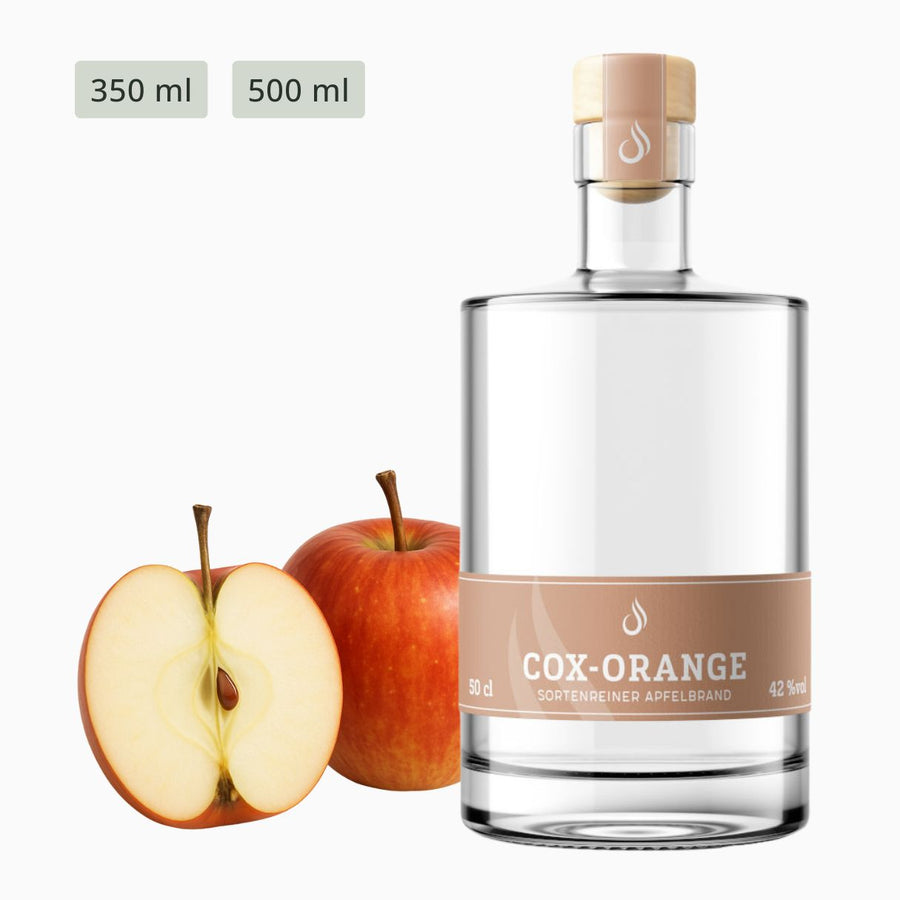
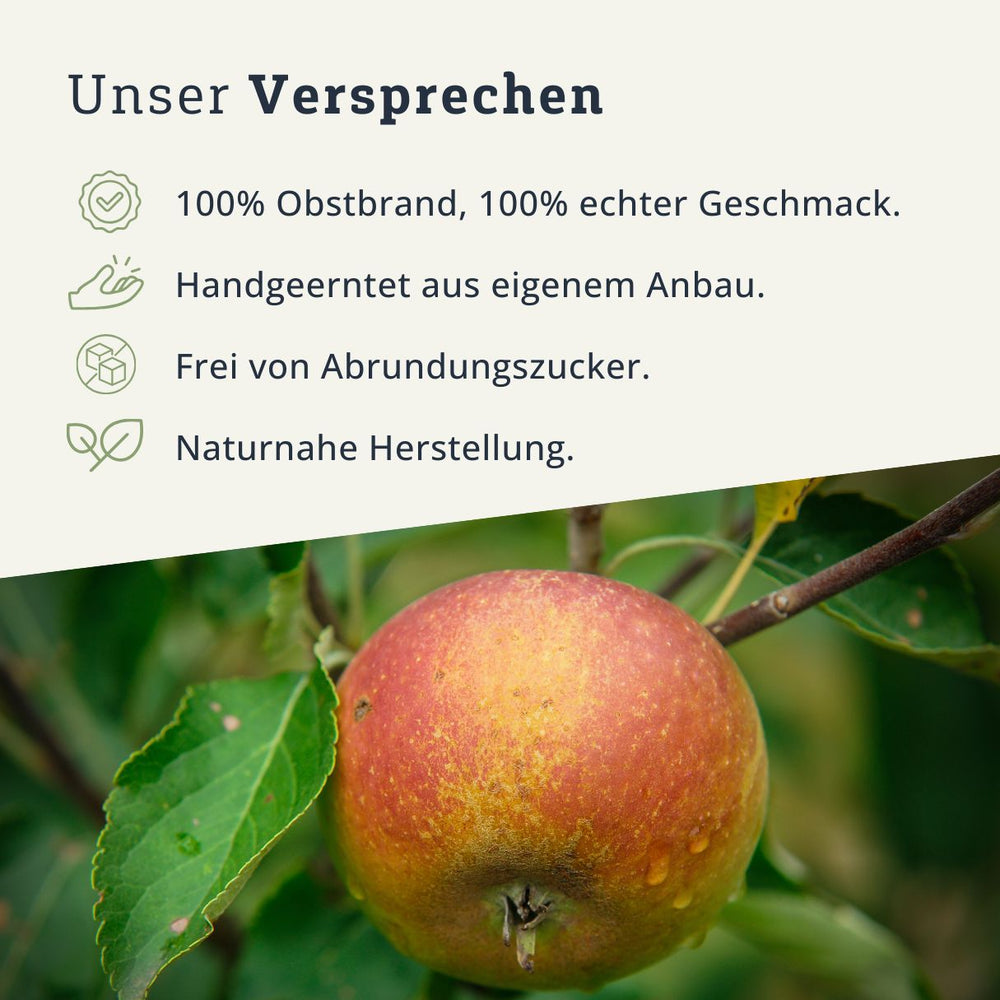
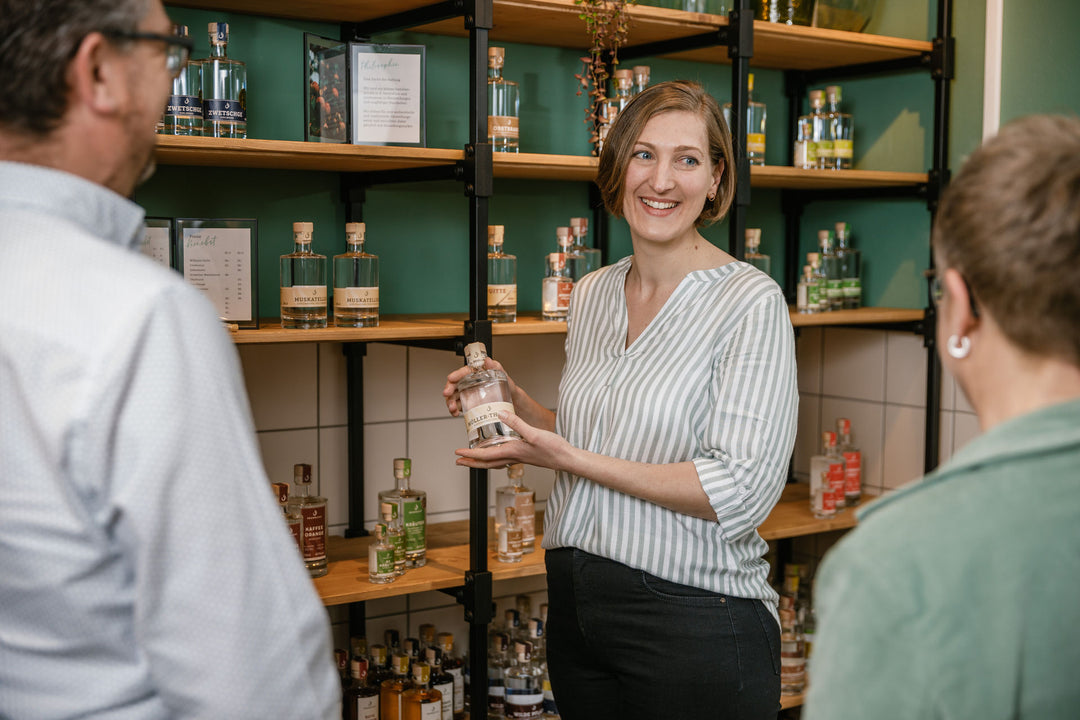


Leave a comment